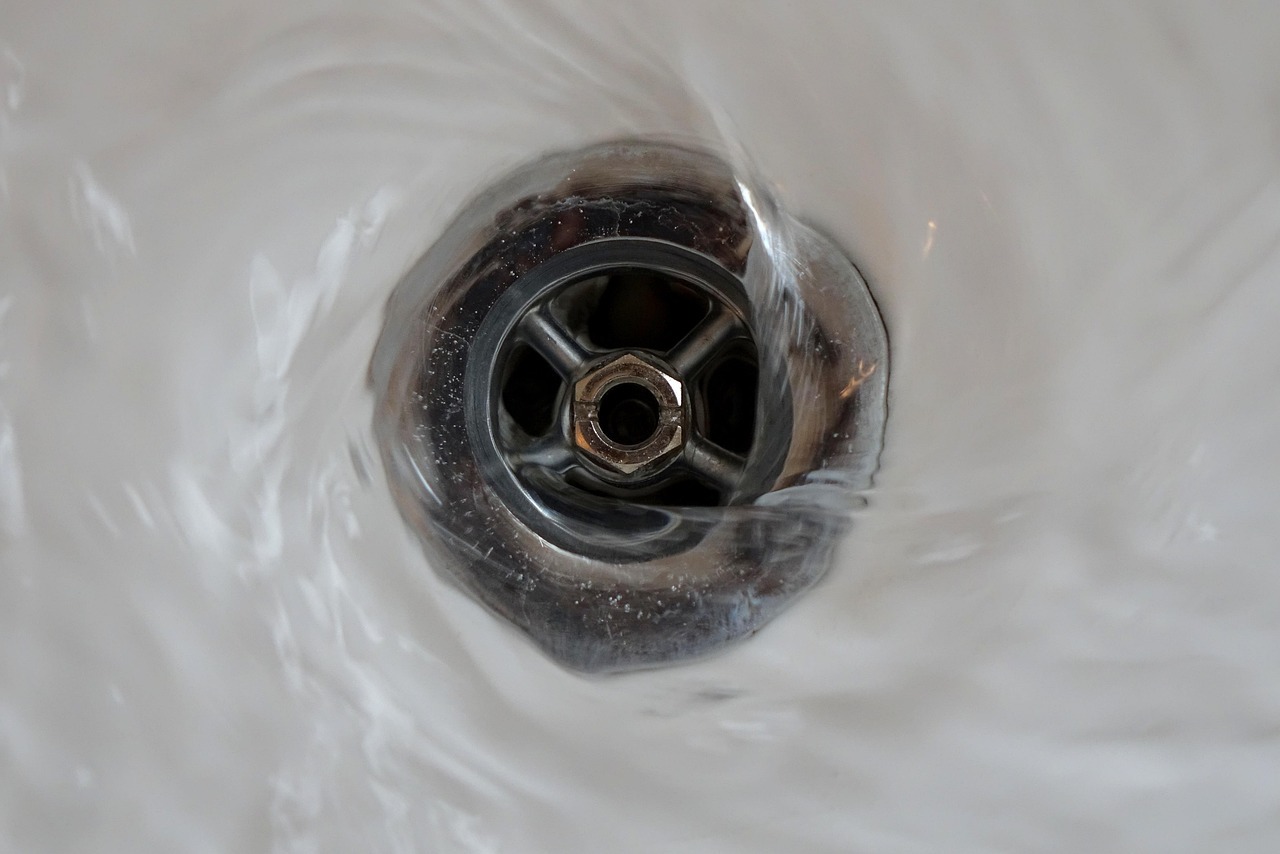Got a slow or smelly drain? Before you reach for harsh chemical cleaners or call a plumber, try this simple, eco-friendly solution sitting in your pantry—baking soda. This kitchen staple isn’t just for baking cookies; it’s a powerhouse when it comes to breaking down gunk, eliminating odors, and keeping your drains flowing smoothly.

Baking soda (aka sodium bicarbonate) is a natural disinfectant and deodorizer that tackles bacteria, dissolves grease, and busts through minor clogs. And when paired with vinegar or salt? It’s like a mini science experiment that actually works. Here’s how to use it to keep your drains fresh and clog-free—no toxic fumes or expensive plumber visits required.
What You’ll Need
Before diving in, gather these basic supplies:
Equipment/Tools:
A pot or kettle
A funnel (optional, but helpful for small drains)
Materials:
Boiling water
Dish soap (preferably a grease-fighting kind like Dawn)
Baking soda
Distilled white vinegar (or lemon juice for a fresh scent)
Salt (for stubborn clogs)
Step-by-Step: Baking Soda & Vinegar Drain Cleaner
1. Heat Boiling Water
Start by boiling a kettle or heating water in a microwave-safe container. Hot water helps loosen grease and debris, making the next steps more effective.
2. Pour Boiling Water & Dish Soap
Squirt a generous amount of dish soap into the drain, then carefully pour the boiling water down. The soap cuts through grease, while the hot water helps flush out loose buildup.
3. Add Baking Soda
Pour 1 cup of baking soda directly into the drain. If your drain opening is small, use a funnel to avoid spills.
4. Follow with Vinegar
Now, pour 1 cup of white vinegar into the drain. Brace yourself—this is where the fun begins. The mixture will fizz and bubble as the baking soda (alkaline) reacts with the vinegar (acid). This chemical reaction helps break down grime and dislodge clogs.
5. Let It Sit, Then Flush with More Hot Water
Wait 5 minutes for the fizzing to subside, then pour 2 more cups of boiling water to flush everything out. If the drain still seems slow, repeat the process.
Pro Tip: If you prefer a fresh citrus scent, swap vinegar for lemon juice. It works just as well and leaves your kitchen smelling like a spa.
For Stubborn Clogs: Baking Soda & Salt Method
If vinegar didn’t do the trick, try this overnight hack using baking soda and salt.
1. Pour Baking Soda & Salt
Pour 1 cup of baking soda followed by ½ cup of salt into the drain. The salt acts as a mild abrasive, helping scrub away buildup.
2. Let It Sit Overnight
Leave the mixture in the drain for several hours (or overnight). This gives it time to work its magic.
3. Flush with Boiling Water
In the morning, pour 2 cups of boiling water to rinse everything away. If the clog persists, repeat or try the vinegar method again.
How Often Should You Clean Your Drains?
To prevent clogs before they start:
Weekly: Flush drains with hot water + dish soap to keep grease from building up.
Monthly (or every 3 months): Use the baking soda method as maintenance.
As needed: If water starts draining slowly, don’t wait—tackle it ASAP.
When to Call a Plumber
If DIY methods fail after a few tries, you might be dealing with a serious clog deeper in the pipes. Persistent blockages can lead to leaks or burst pipes, so don’t ignore them.
Bonus: Keep Your Drains Clean Long-Term
Use drain strainers to catch hair and food scraps.
Never pour grease or oil down the sink—wipe pans with a paper towel first.
Flush with hot water weekly to prevent buildup.
And hey, while you’re at it, give your garbage disposal some love—toss in ice cubes and a bit of baking soda to sharpen blades and freshen things up.
Final Thoughts
Baking soda is a cheap, safe, and effective way to keep drains clear without resorting to harsh chemicals. Whether you’re dealing with a slow drain or just want to prevent future clogs, this natural method is a game-changer. So next time your sink starts acting up, skip the store-bought drain cleaner and raid your pantry instead. Your pipes (and wallet) will thank you.
























